Growing up in the 90s and watching disturbing coverage of the Bosnian War on television, Sarajevo was not a destination I ever thought I’d visit. Yet a mere 20 years later, I found myself walking down the street once known as “Sniper Alley” in a city under siege. It’s incredible how much things can change in a relatively short amount of time! That’s not to say the scars of war aren’t omnipresent. Bullet-ridden facades and Sarajevo Roses can still be seen on the streets. Swathes of white gravestones streak the surrounding hills. Several museums detail the horrors that war wrought on the country while signs beg people not to forget what happened. Yet, in the face of these reminders, the atmosphere in Sarajevo is one of progress and peace. The cobbled streets of the Ottoman Empire and grand boulevards of the Hapsburgs bustle with locals and tourists alike. Oh, and all the delicious food: from cevapi and baklava to steak and sacher tortes! Here’s how to make the most of three days in Sarajevo – the city “where cultures meet.”
Day 1 – Soak Up the Old Town Charm
Bosnia and Herzegovina (BiH) has long been a crossroads of southern Europe. Surrounded by Croatia, Serbia, and Montenegro, for centuries the country acted as a buffer zone between the Ottoman and Austro-Hungarian Empires. Nowhere is this more apparent than Sarajevo. The city’s historic center, known as Bascarsija, is an eye-catching jumble of Ottoman and Austrian styles. Dating to the 15th century when BiH was under Ottoman rule, Bascarsija provides a great introduction to the various cultures and religions that have left their stamp on the region.
The Bosniak Institute is housed in an old Turkish-style hamam, or public bathhouse. It showcases many fine pieces of art and furnishings, while a new building next door contains a library and historical archives. The top floor is a public meeting space and has a unique view of the copper rooftops of the hamam and Sacred Heart Cathedral.
Through an easy-to-miss doorway next to Sacred Heart Cathedral, Gallery 11/07/95 documents the Srebrenica genocide, one of the most tragic events of the Bosnian War. Despite Srebrenica’s designation as a UN-protected safe zone, 8,372 people, most of them Muslim men and boys, were murdered by Serbian forces. The heartbreaking story is presented through a series of black-and-white photographs and videos. This is no easy subject to explore, but no visit to BiH would be complete without understanding this outrageous act of violence and honoring the memory of the victims. Give yourself plenty of time to listen to the accompanying audio guide.
Take a break for lunch to rest and recover your senses. Many Bascarsija restaurants serve cevapi, the Balkan version of sausage. Grilled minced meat is served stuffed inside a pita pocket with fresh onions and thick sour cream. The contrasting flavors and textures are scrumptious!
Brusa Bezistan is a branch of the Sarajevo Museum tucked inside a 16th-century covered bazaar. At the heart of the museum lies an impressive model of Ottoman-era Sarajevo with its minarets and arched stone bridges. I also enjoyed the displays of costumes and household artifacts from that same time period.
The Old Orthodox Church Museum is considered one of the most important of its kind thanks to its collection of religious artworks, rare manuscripts, textiles, and other sundry items. The stone church next to the museum dates to the 16th century and is worth a look for its intricate golden altarpiece.
Gazi Husrev Bey’s Mosque was built in the 15th century under the direction of the Ottoman Empire’s chief architect. While I didn’t go inside, the bustling grounds were kind of magical under the light of the crescent moon. The spindly clock tower next to the mosque might look Italian, but is a 16th-century Ottoman construction as well. The clock tells lunar time in accordance with daily prayers.
A steak dinner at Dveri is the perfect accompaniment to your explorations of Sarajevo’s old town. While there are many items on the menu, the steaks came highly recommended and did not disappoint. Also be sure to order some ajvar (red pepper spread) and creamy cheese to go with the delectable rolls! The cozy restaurant only has 45 seats so you might want to book ahead.
End the evening with drinks and dessert in true Austrian style at Hotel Europe. You’ll feel like you’ve stepped back to the 19th century!
Day 2 – Remember the Past
Bosnia and Herzegovina is made up of three main ethnic groups (Bosniak, Serb, Croat) practicing three different religions (Islam, Serbian Orthodox, Roman Catholic). To complicate things further, BiH has been controlled by the Ottoman Empire, the Austro-Hungarian Empire, and Yugoslavia, among others. After the collapse of the Soviet Union and the dissolution of Yugoslavia in the early 90s, member countries began declaring independence. Not everyone was happy about this.
The History Museum of Bosnia and Herzegovina provides an in-depth look at the Bosnian War through several permanent exhibits. “Sarajevo Under Siege” explains what life was like for residents who were essentially trapped for three and a half years by Serb forces. During that time, supplies of food, water, and electricity were shut off and daily survival was a struggle. In another exhibit, before-and-after photographs illustrate the destruction and rebuilding of the city.
Exiting the museum onto Zmaja od Bosne (aka Sniper Alley), it is difficult to imagine the terror of the war years when simply crossing the street could get you killed. The famous yellow Holiday Inn has been restored, as have the twin glass towers that were engulfed in flames. Trams rumble down the tracks and people amble along sidewalks, casually going about their days.
Rewind several decades to 1914, when a young Bosnian Serb assassinated Austrian Archduke Franz Ferdinand and his wife in Sarajevo. This hostile act prompted the Austro-Hungarian Empire to attack Serbia and effectively begin World War I. Visitors can learn about that turbulent time at the small-but-engaging Sarajevo Museum 1878-1918, the span of Austrian rule over BiH. The assassination occurred next to the Latin Bridge; a small memorial marks the exact spot.
Cross the Latin Bridge, take a brief stroll along the river, and enjoy lunch at Inat Kuca. This national institution was nicknamed the “House of Spite” thanks to its owner’s refusal to move when the Austro-Hungarian Empire decided they wanted his land. Today, the restaurant’s atmosphere is nothing but cordial. I wasn’t crazy about the tangy flavor of my klepe (dumplings), but the begova corba (chicken soup) and dolma (stuffed grape leaves) were tasty. This is a great place to sample the local Sarajevsko beer.
The Austro-Hungarian Empire coveted Inat Kuca’s land because they thought it would be the perfect spot for Vijecnica, or City Hall. Designed to look like a Moorish palace, Vijecnica is stunning to behold. Now a museum, the building was used as the National Library during the Yugoslavian era. In an act of despicable destruction, the library was set on fire in 1992 and over two million volumes were lost. Restoration began a few years later.
From Vijecnica, make your way up Kovaci street to Alifakovac Cemetery. The earliest tombstones date to the 15th century and many are engraved in Arabic. Most of the graves, however, belong to victims of the Bosnian War. The amount of lives lost to violence is staggering. Make your way respectfully through the cemetery to the steep staircase at the back. This will lead you to the Yellow Bastion.
The Yellow Bastion was constructed in the 18th century in a failed effort to keep the Austro-Hungarian Empire out. Originally, the fortress was part of a defensive wall that included four other bastions strung along the hills. The views of the city from here are breathtaking!
Once you’ve finished enjoying the view, make your way back down the hill and catch a taxi to Restaurant Kibe. (There’s a taxi stand near the Bascarsija tram stop.) Kibe is one of Sarajevo’s best restaurants and well worth seeking out. Roasted red meats feature heavily on the menu, though there are enough fish, pasta, and vegetarian dishes to keep everyone happy. Be sure to make a reservation before hauling up the hill! If you opt to walk, know that the hill is very steep and that sidewalks are lacking in some parts.
Day 3 – Head for the Hills
Sarajevo sits in a valley surrounded on all sides by steep mountains. During the war years, these mountains were occupied by Serb forces who rained hellfire onto the city below. Now, skiing and nature trails are enjoyed once more.
After fueling up with your breakfast of choice (I personally like the eggs and coffee at Metropolis Cafe, but burek from a local shop is also popular), make your way to the Sarajevo Olympic Bobsled Track on Mount Trebevic. This infamous attraction was built for the 1984 Winter Olympics and sadly destroyed a few years later. The track was a graffiti-covered shell at the time of my visit, but restoration efforts are now underway.
NOTE: I was visiting friends who kindly drove me to the site. To get to the track on your own, I recommend taking a taxi to Hotel Pino and walking from there. Take care to stay on well-trodden paths to avoid potential unexploded ordinance left over from the war. We saw several warning signs posted along the road. A new cable car system is expected to be operational in 2018, which should make the site much easier to access.
In the afternoon, head back to the old town and browse the colorful shops. Souvenirs of note include hand-etched copper plates and coffee pots, Persian carpets, gold necklaces, and Bosnian brandy. Baklava makes an excellent afternoon snack.
After dropping your purchases at your hotel, meander northwest towards the 4 Rooms of Mrs. Safija, an absolutely delightful little restaurant. An unassuming doorway belies the rustic elegance inside. I wanted to taste every item on the European menu, but settled on a delectable venison ragout with gnocchi and am still kicking myself for not getting dessert. Though the glass of cherry Bosnian brandy was a nice consolation prize.
PIN IT!
Tell me: how would YOU spend three days in Sarajevo?
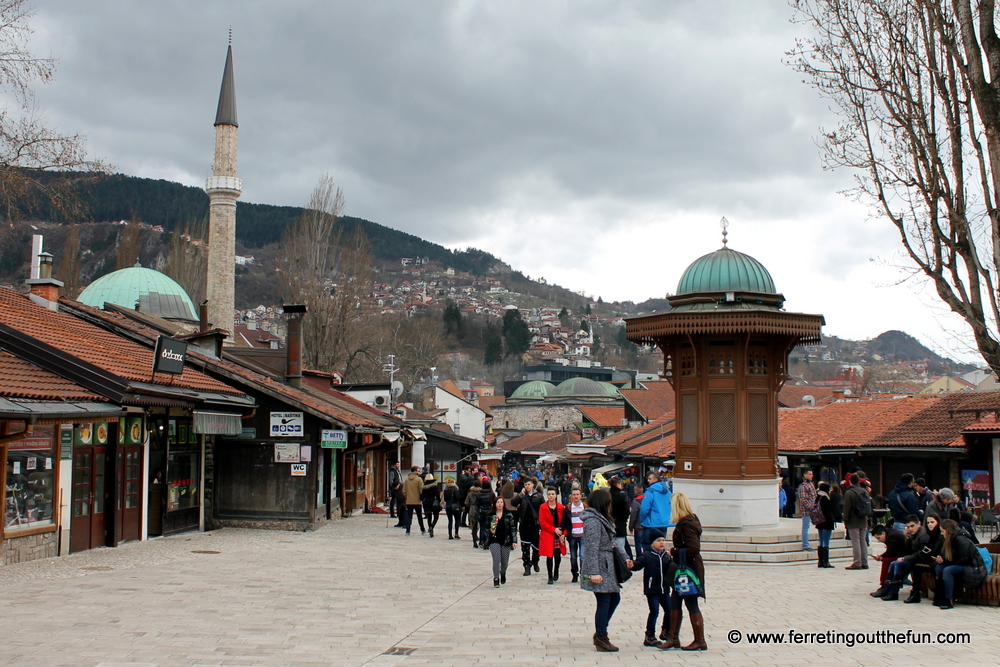

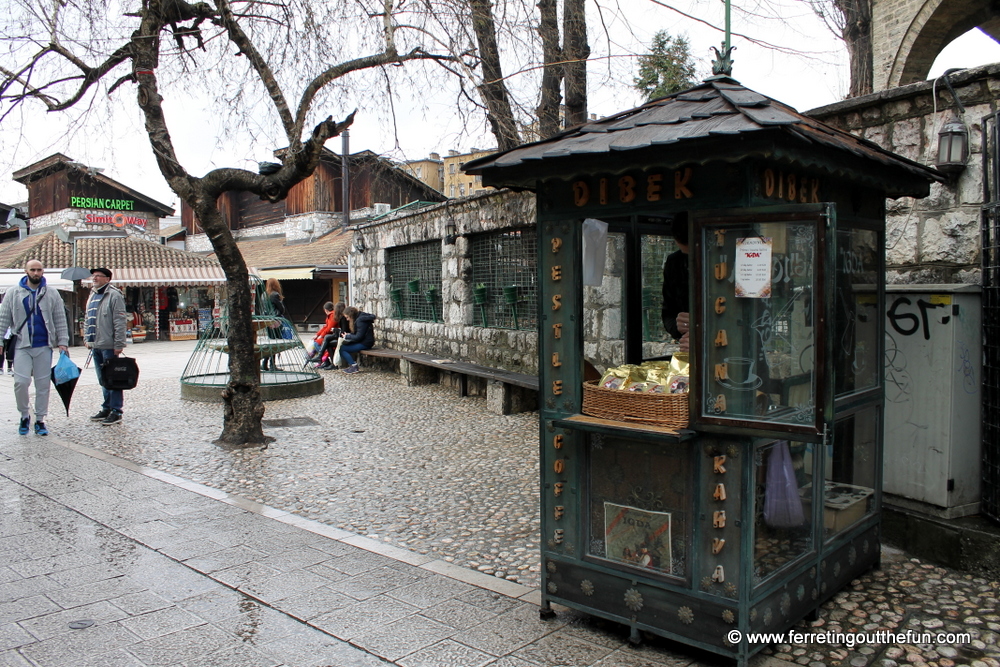
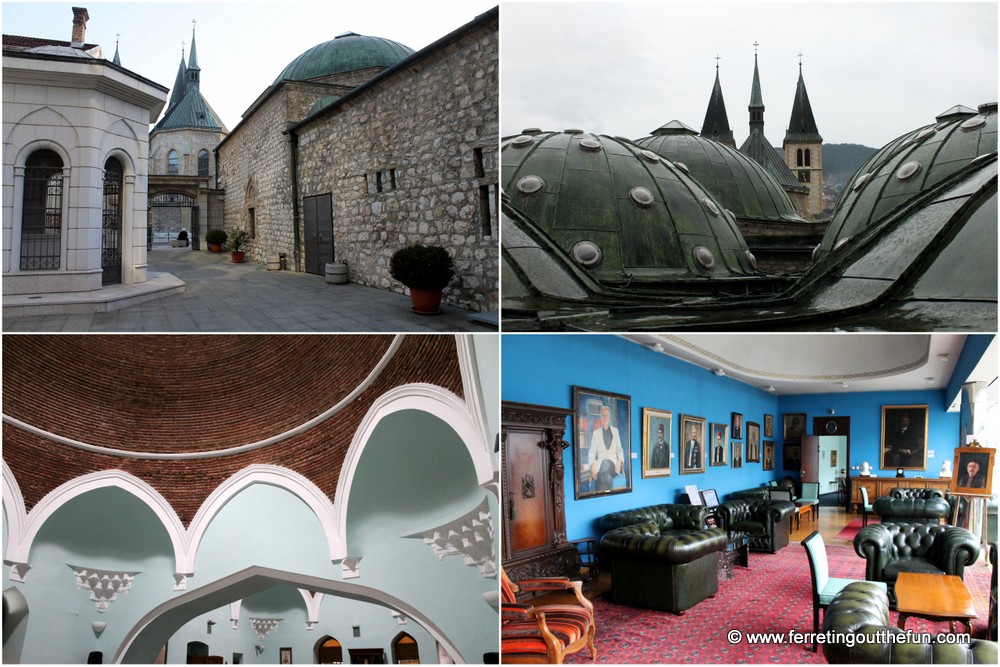
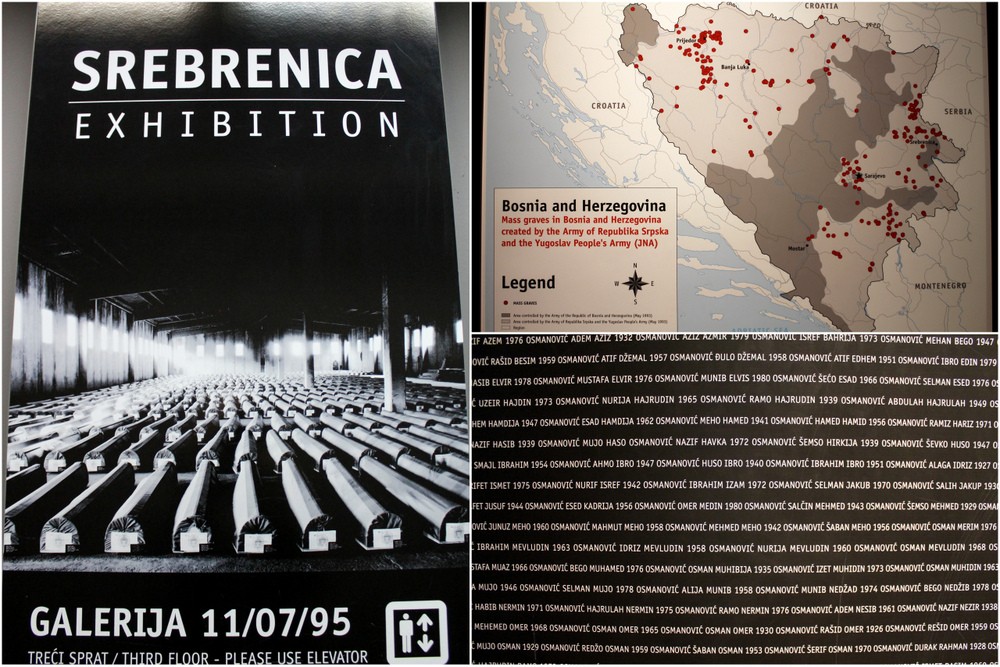

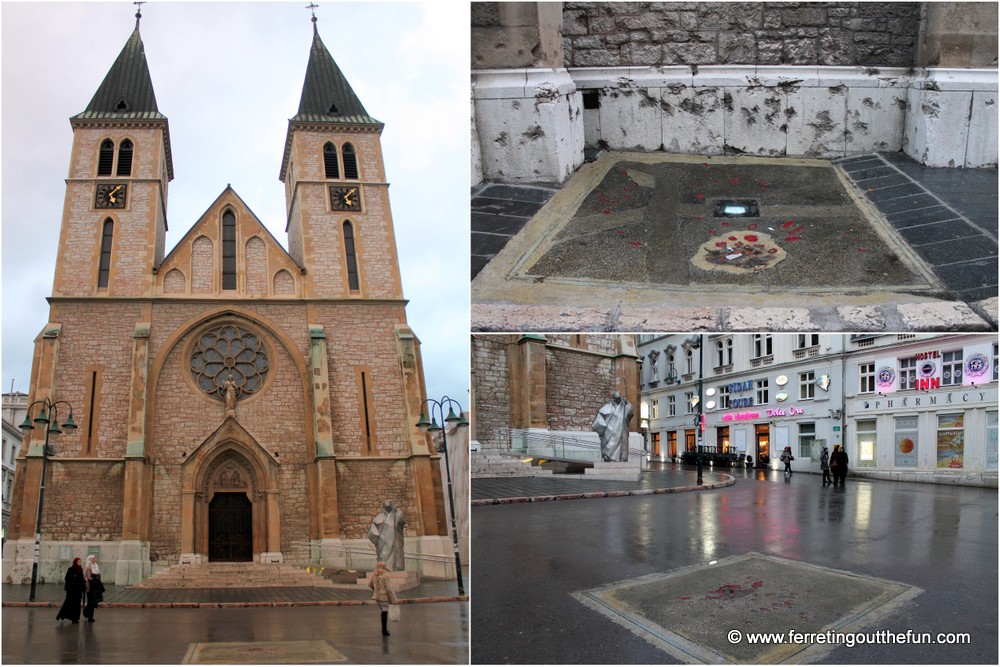

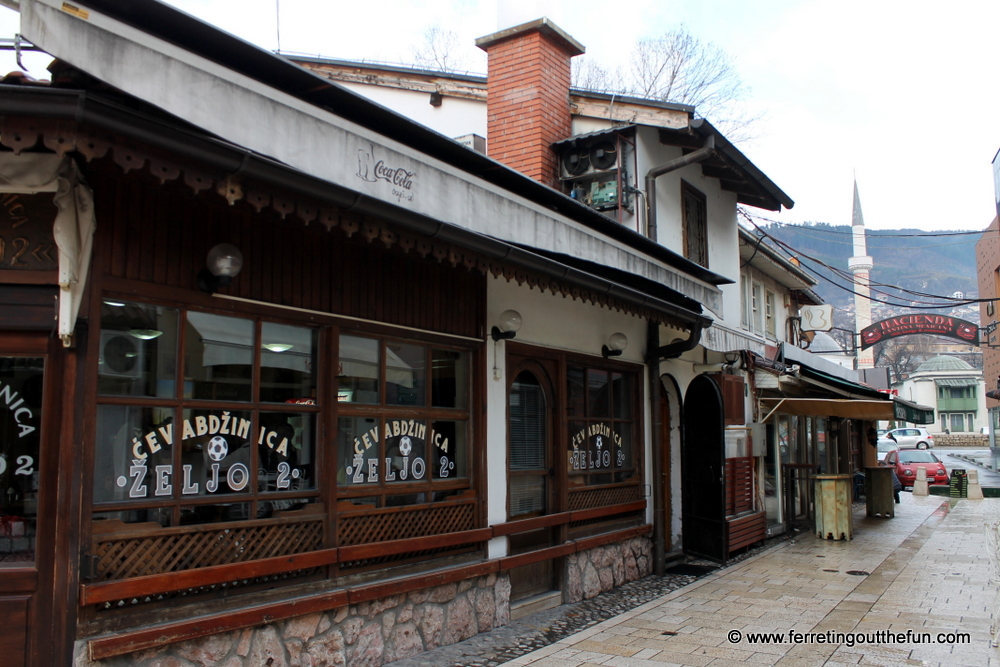
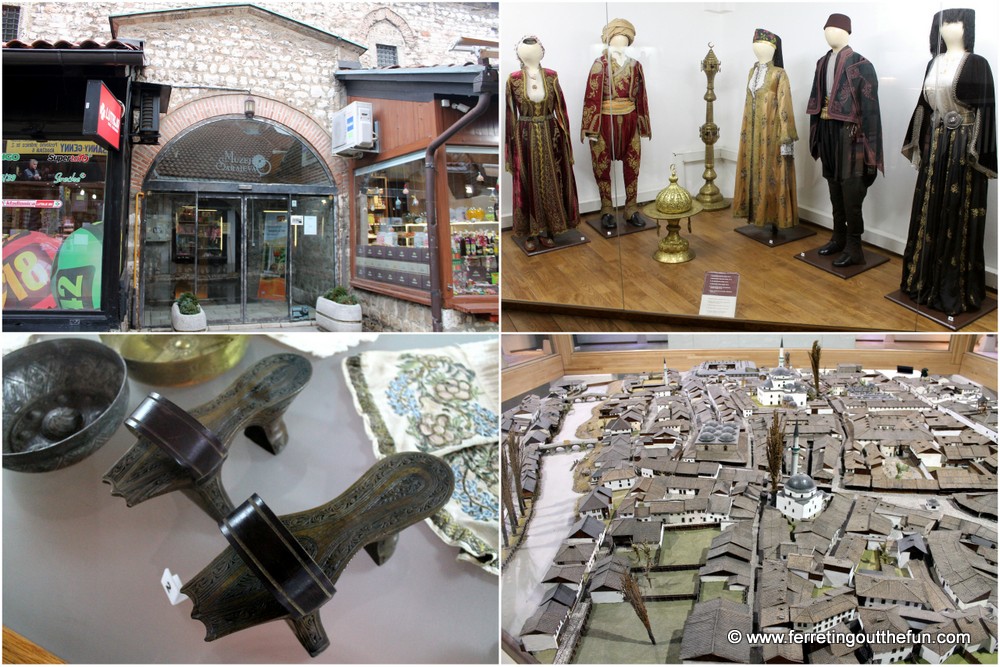
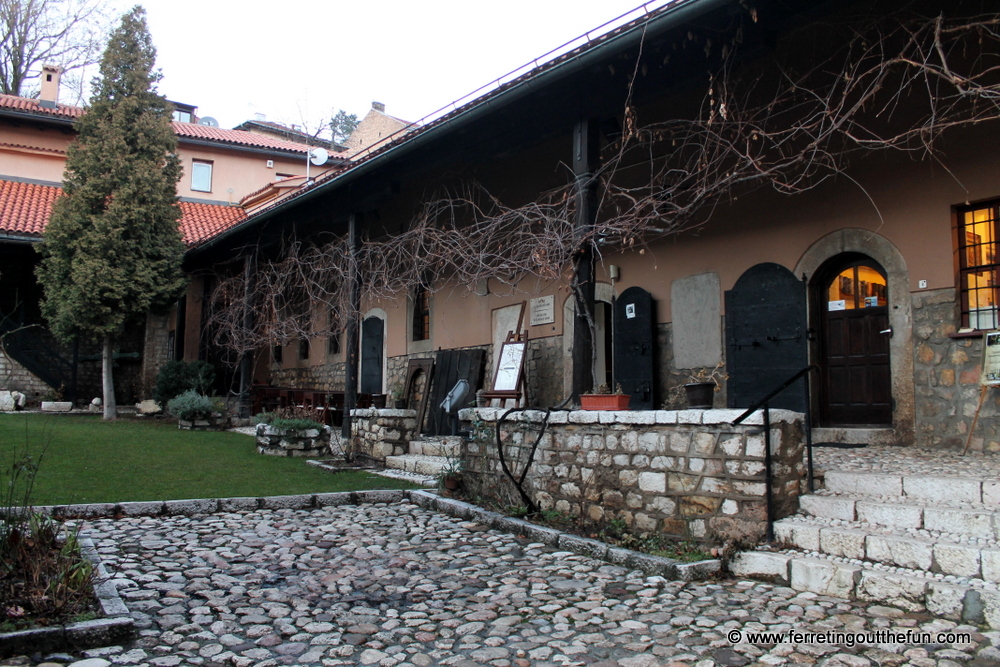
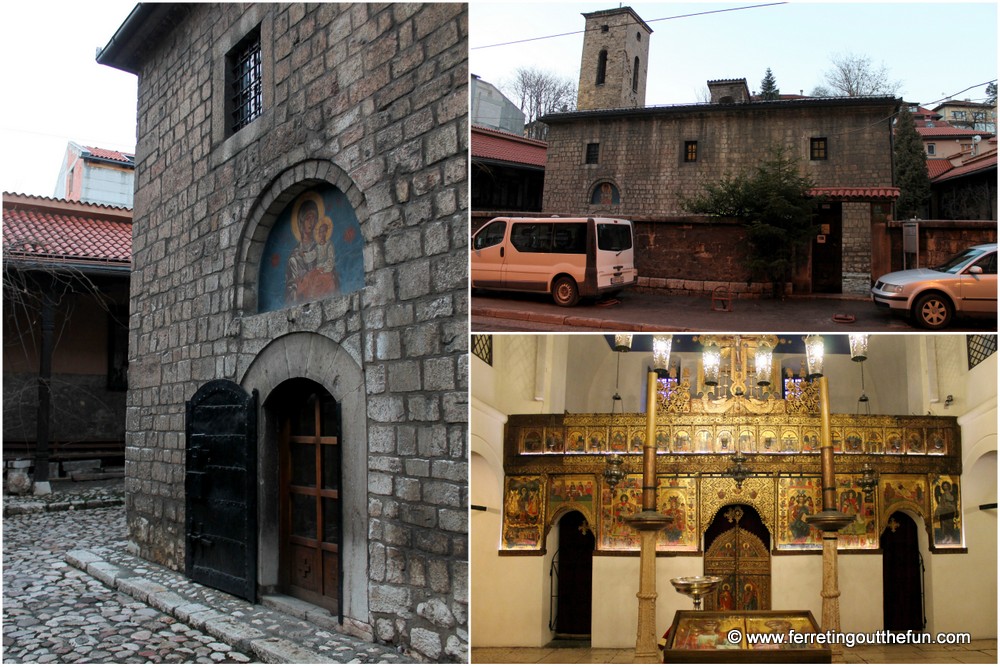
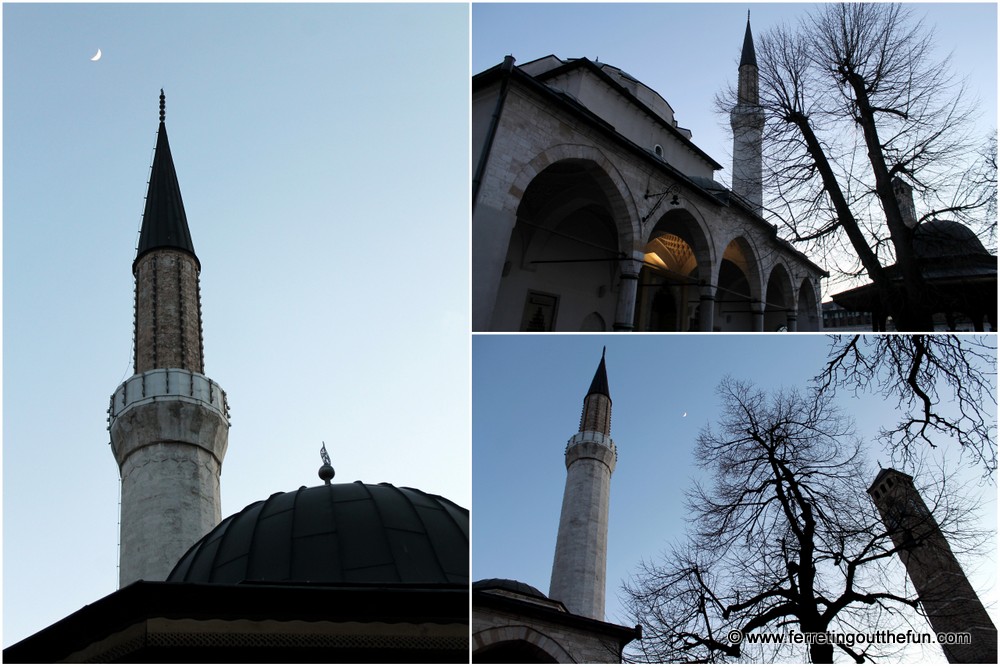

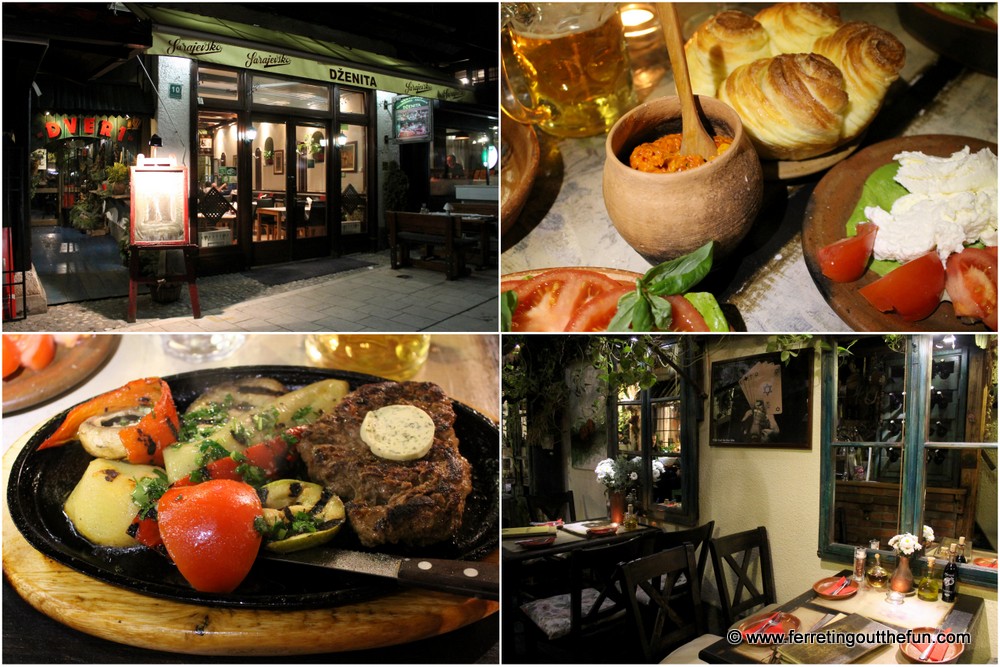
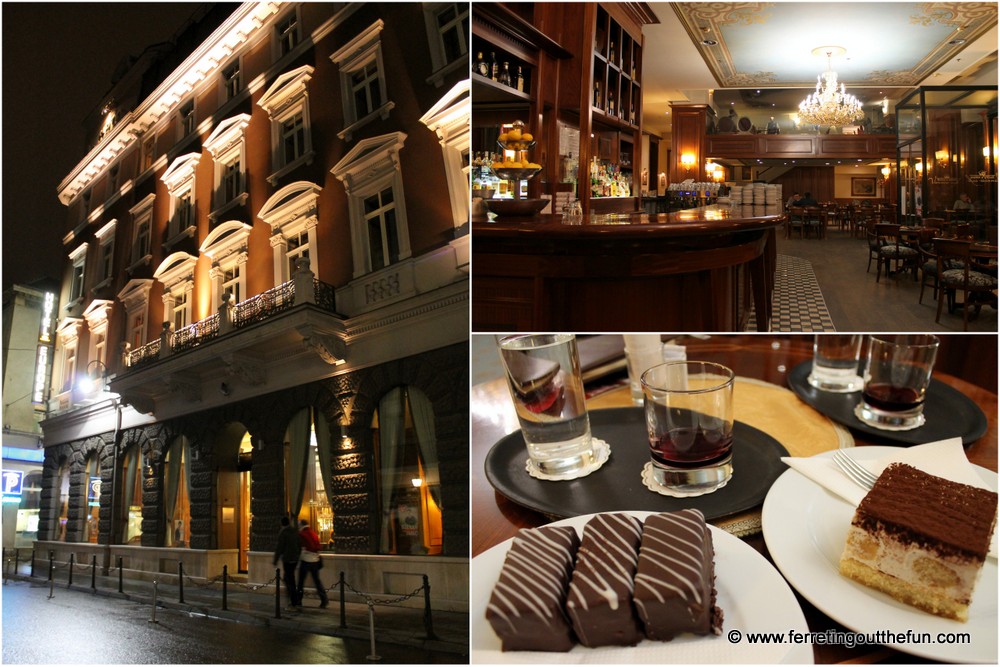
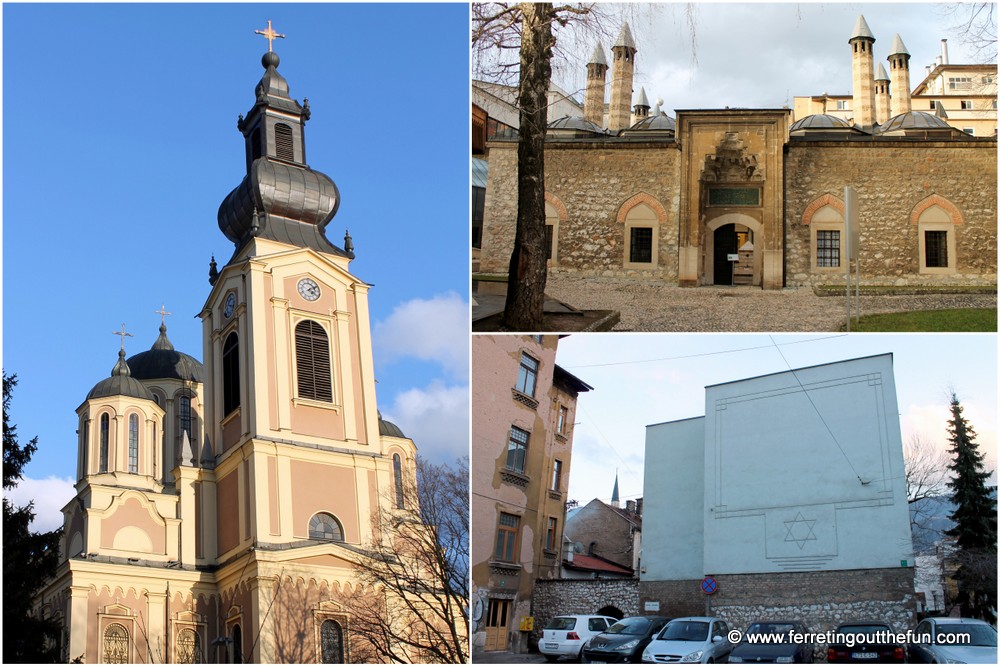
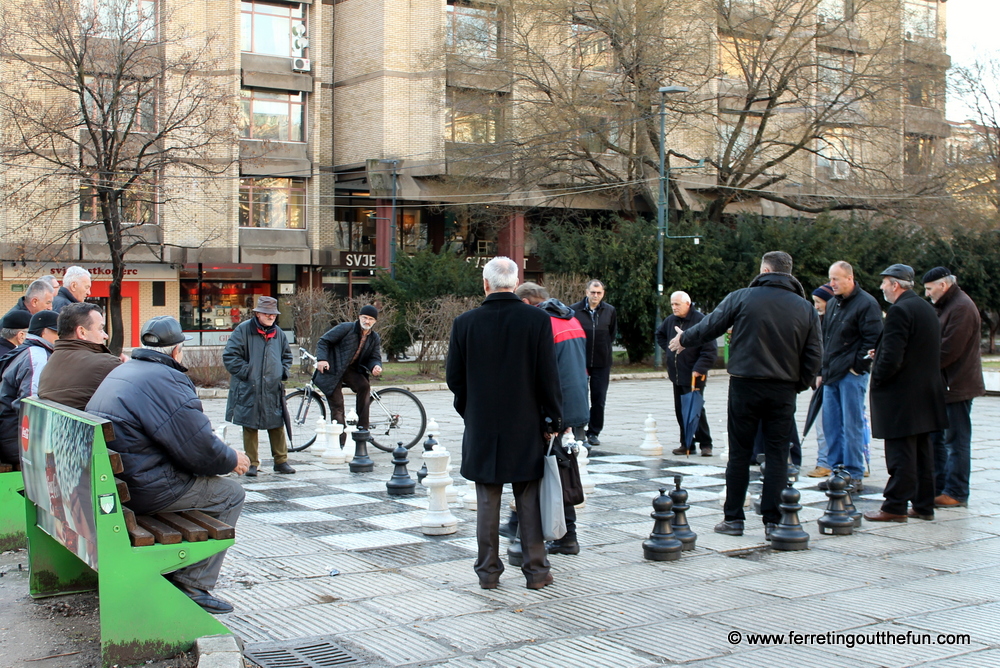

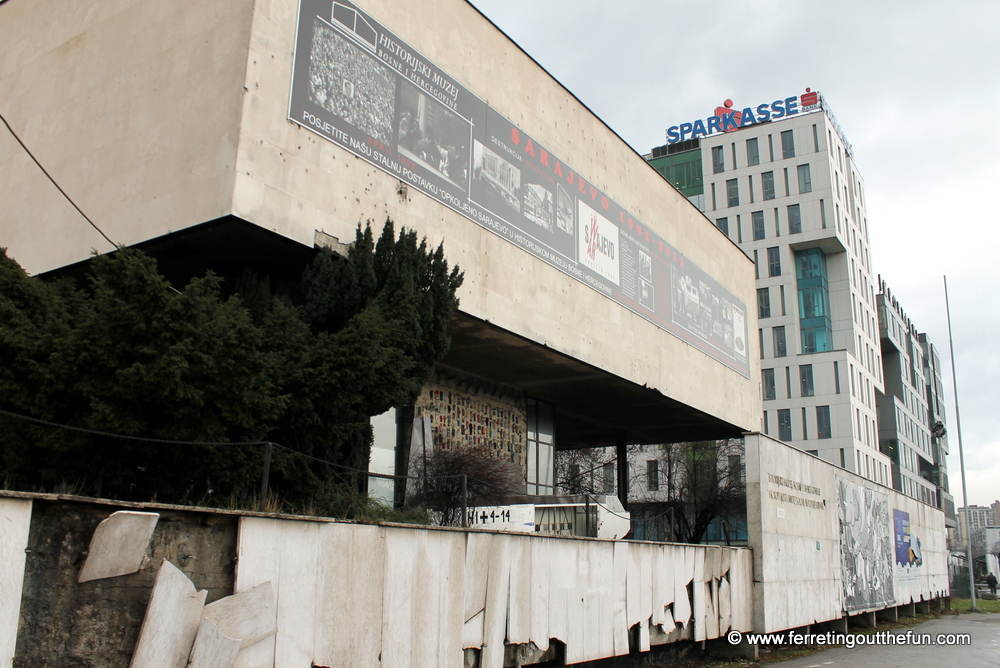
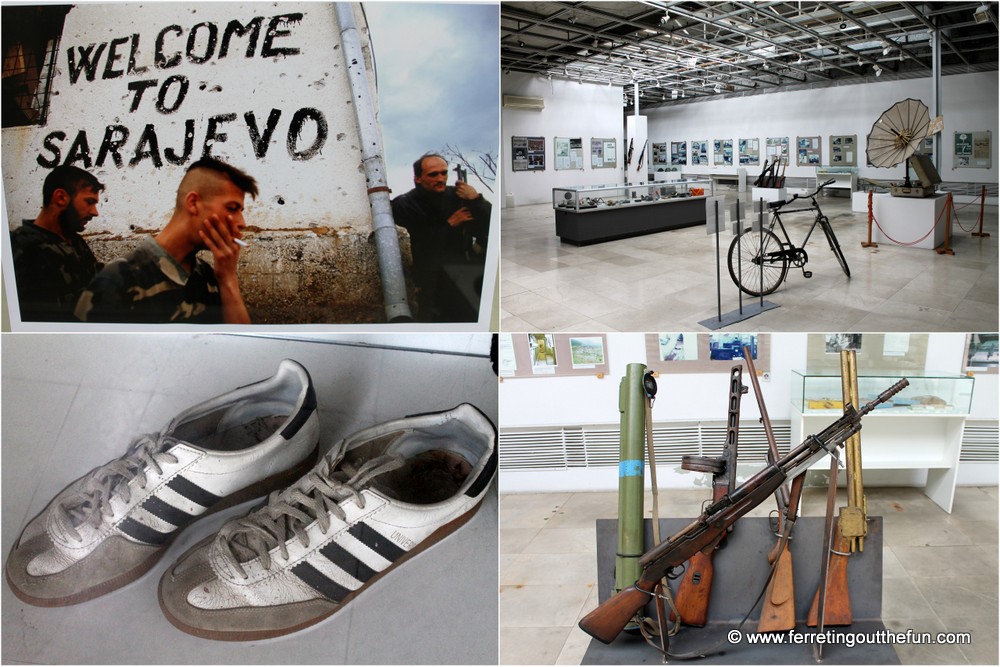
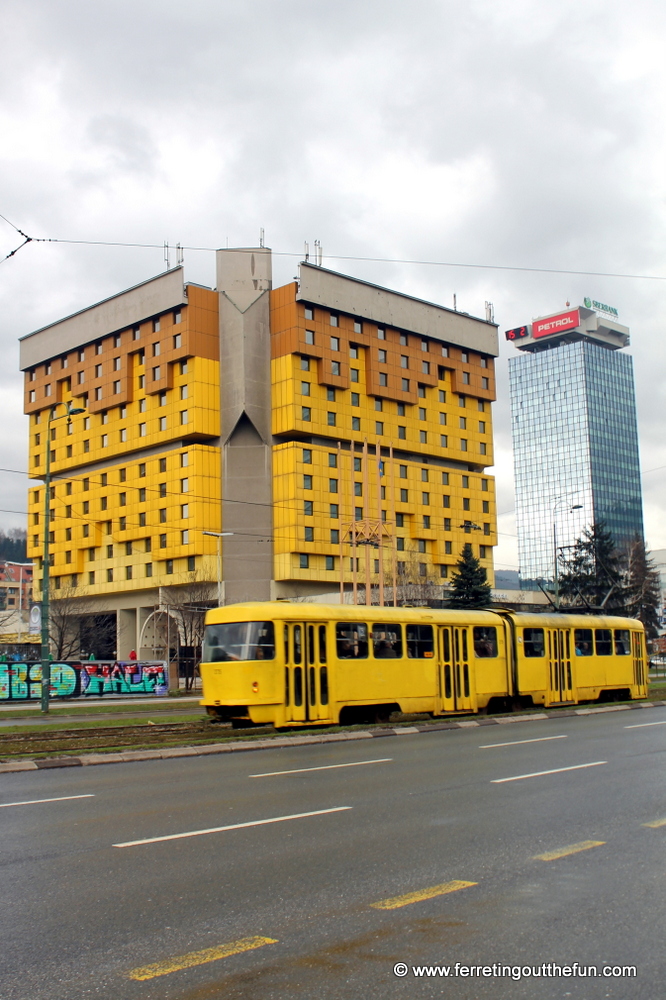
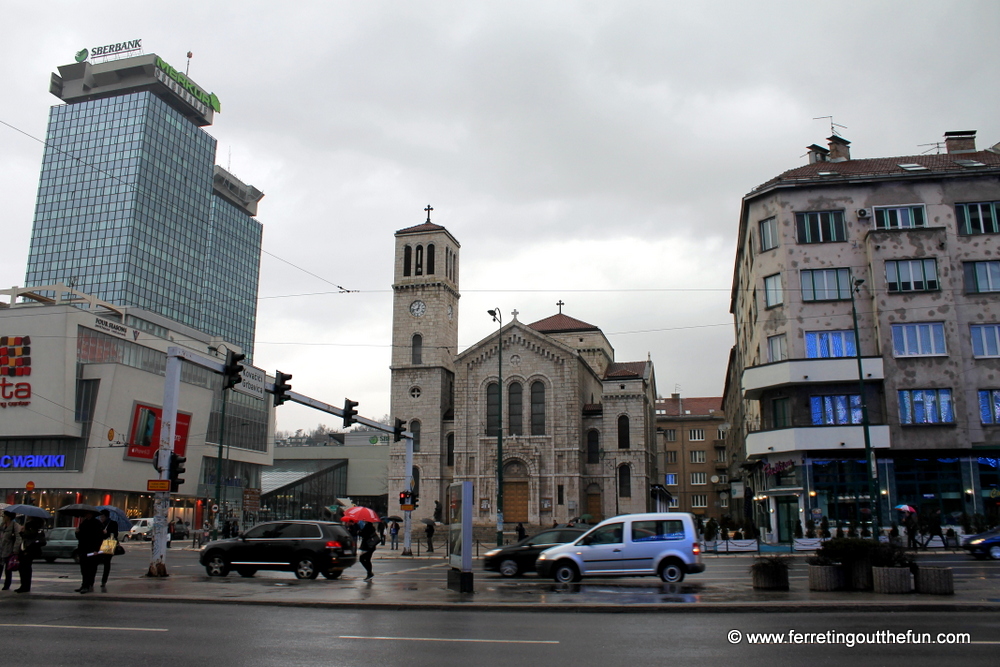


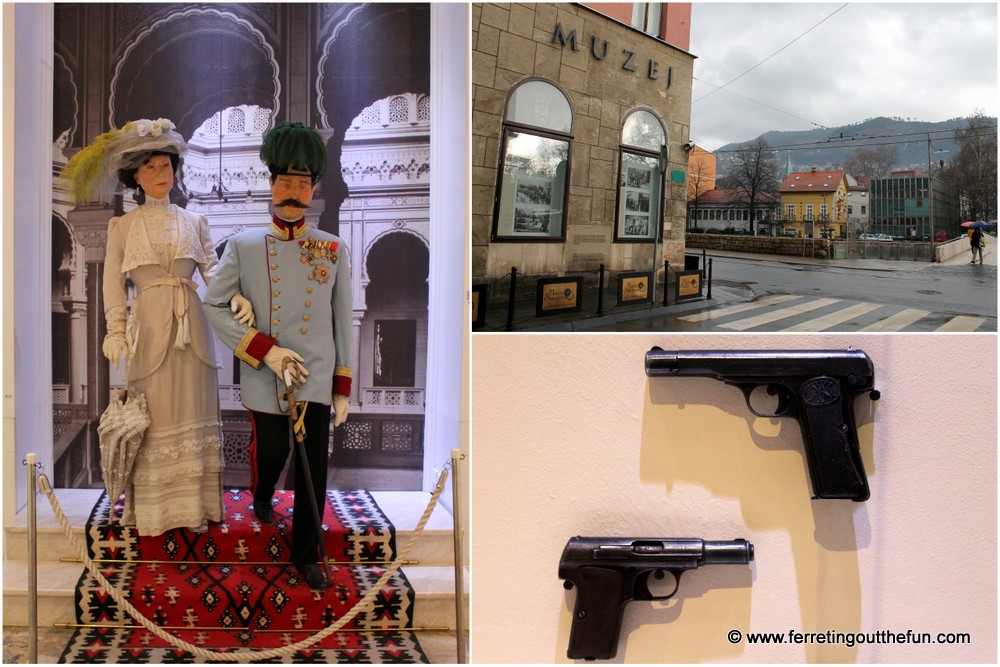

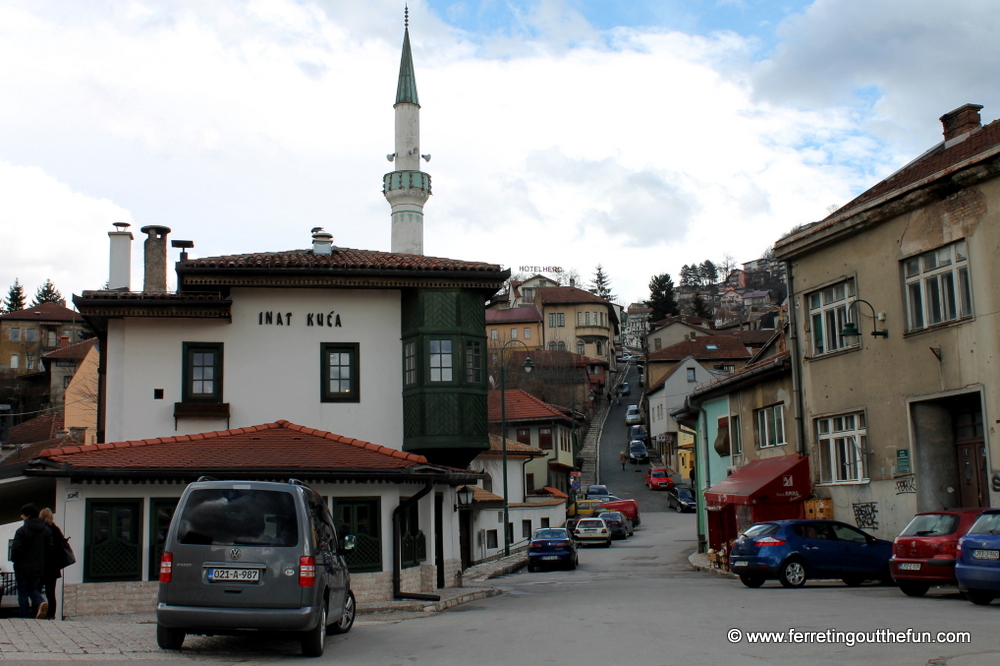
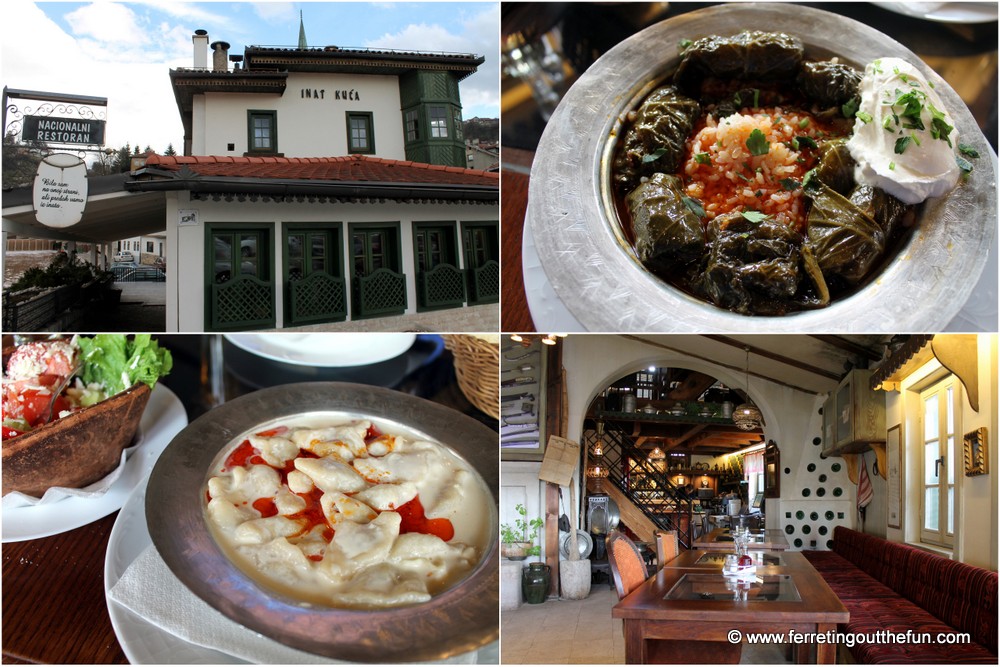
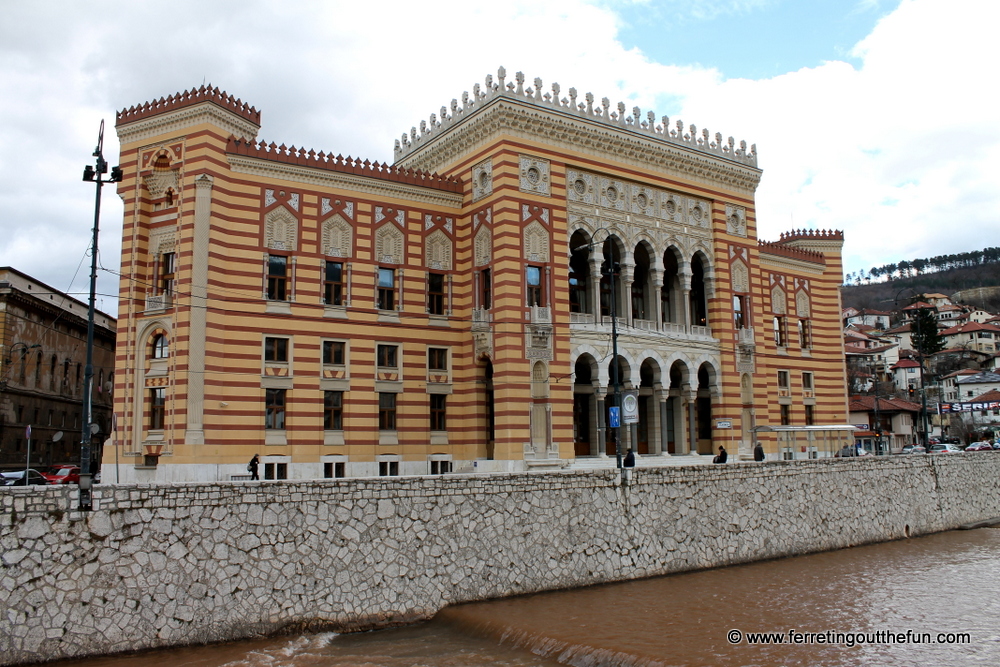
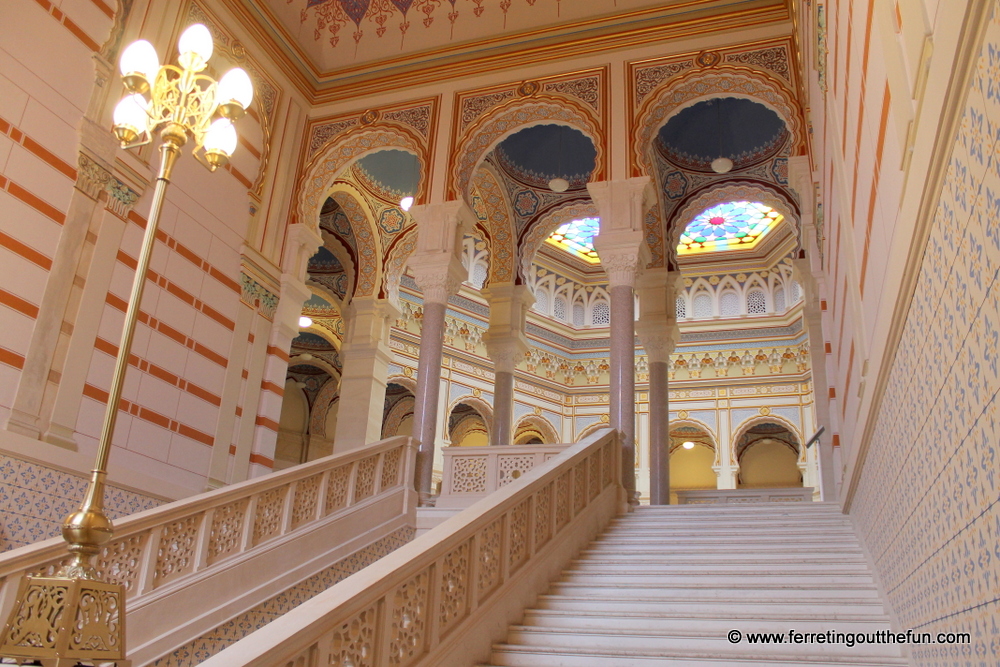
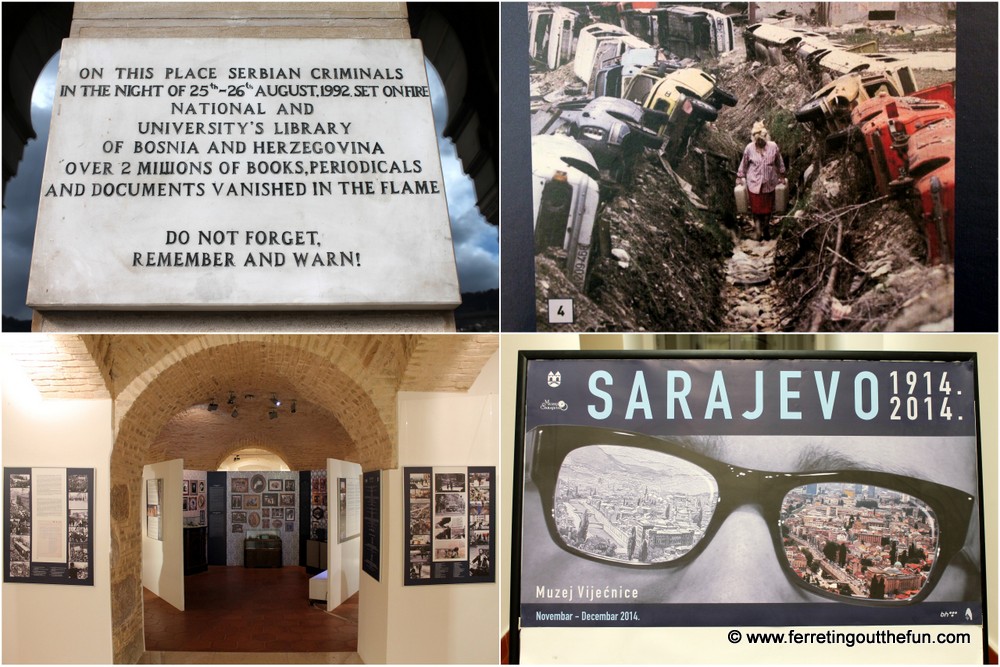

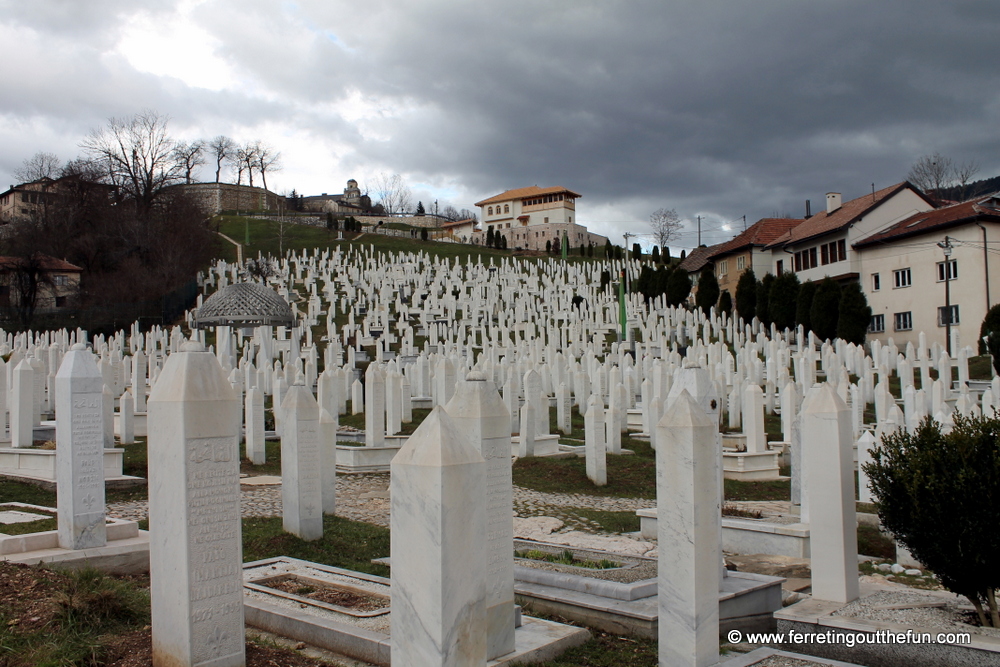
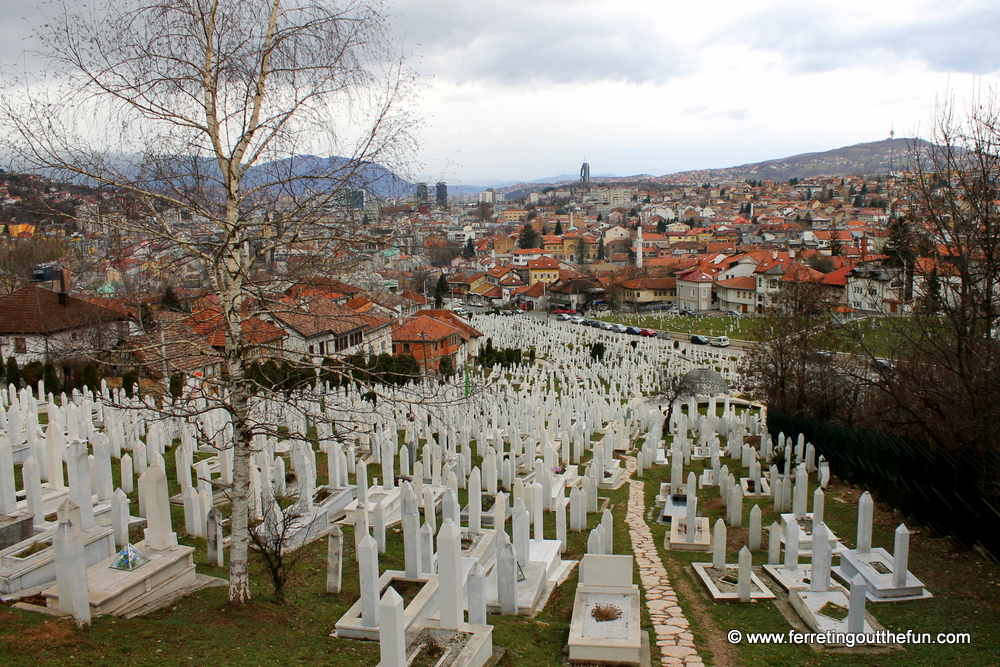
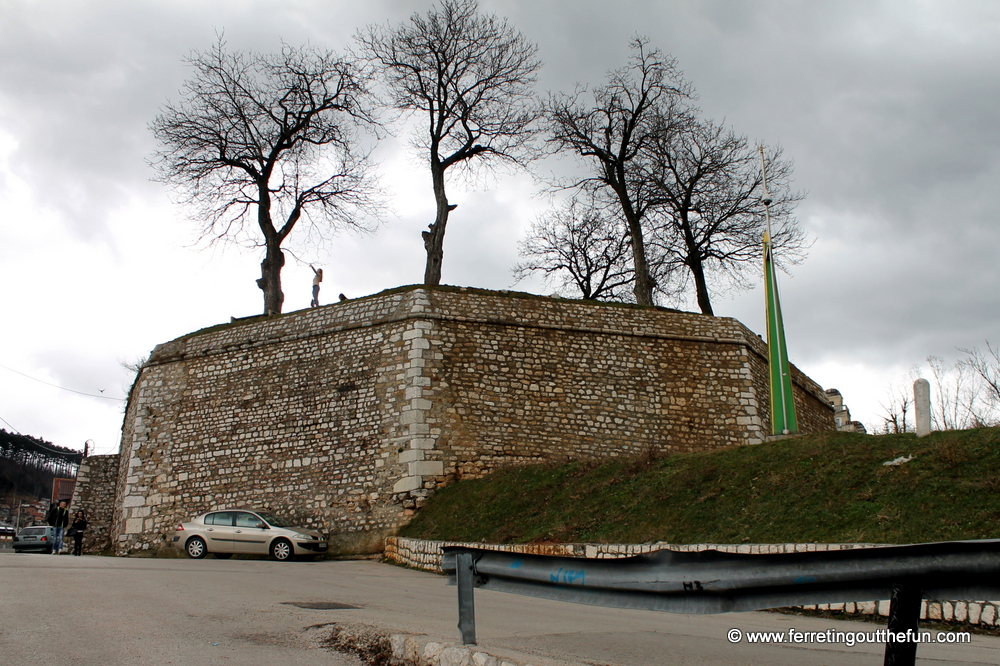
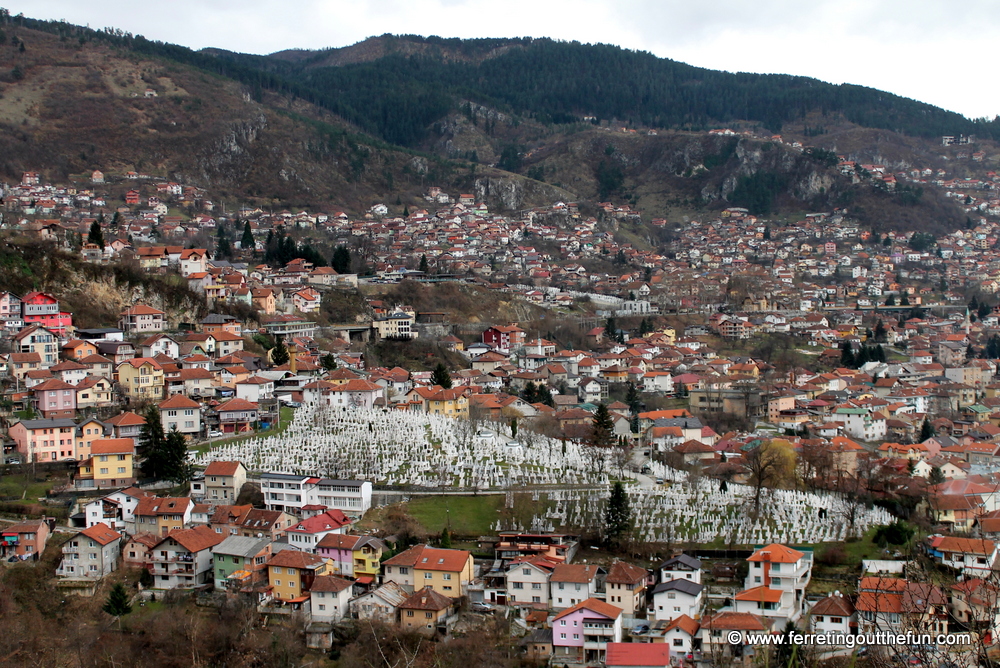
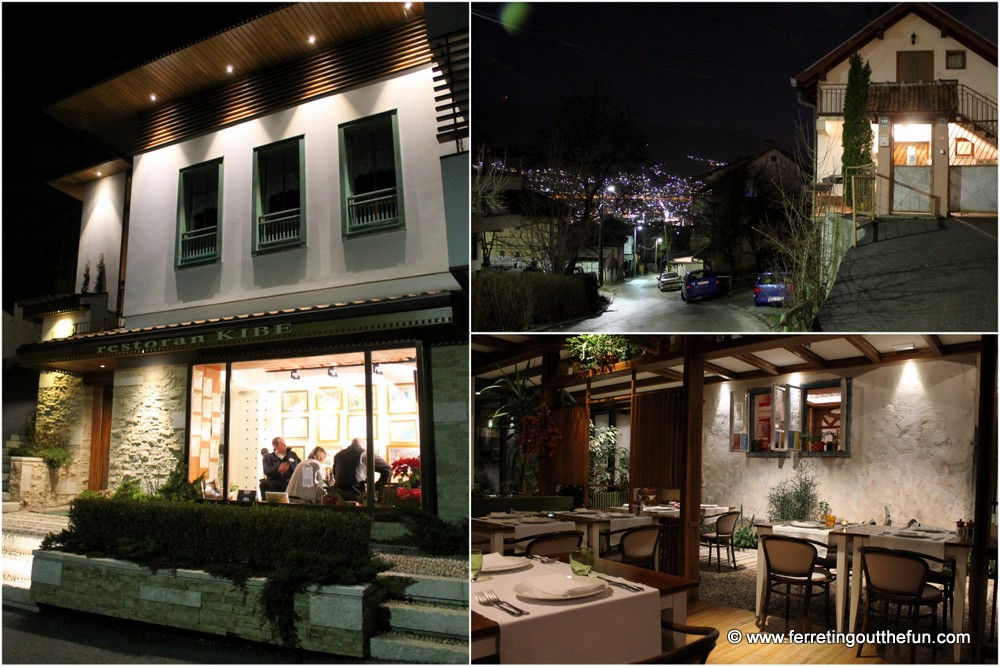
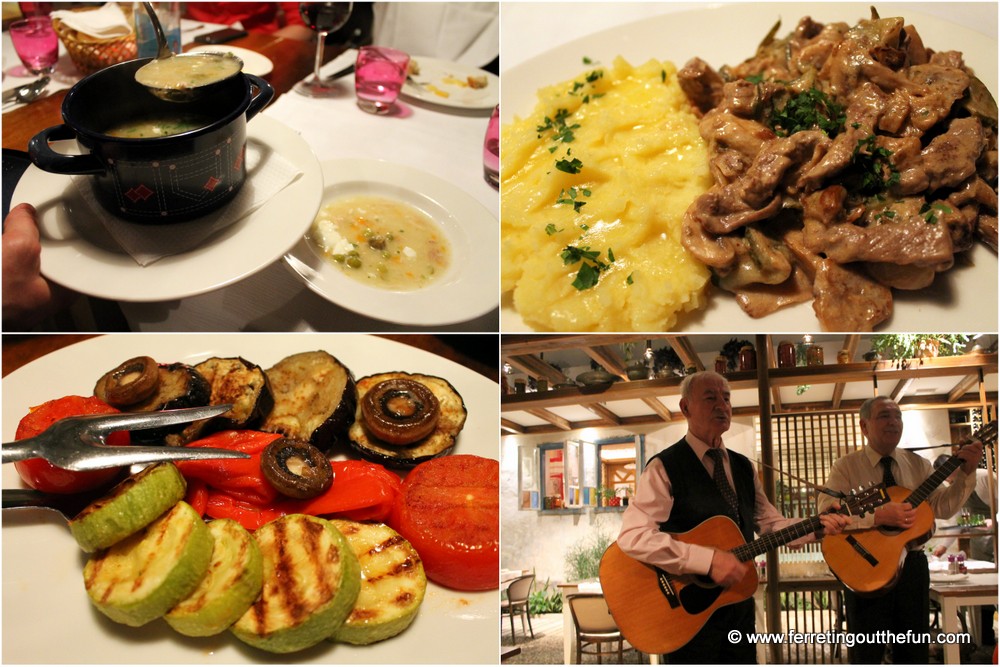
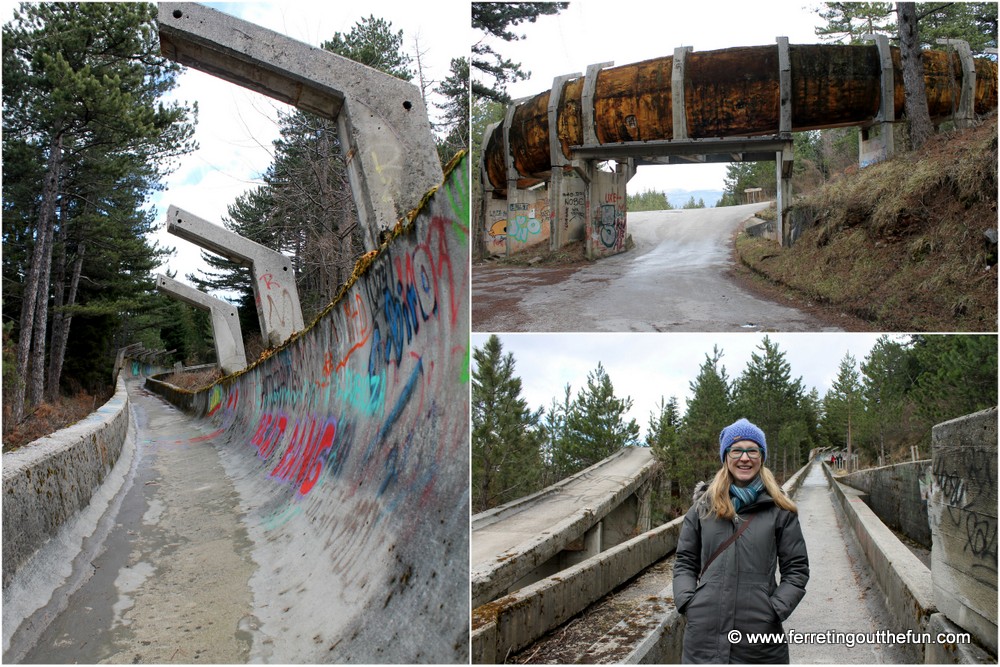
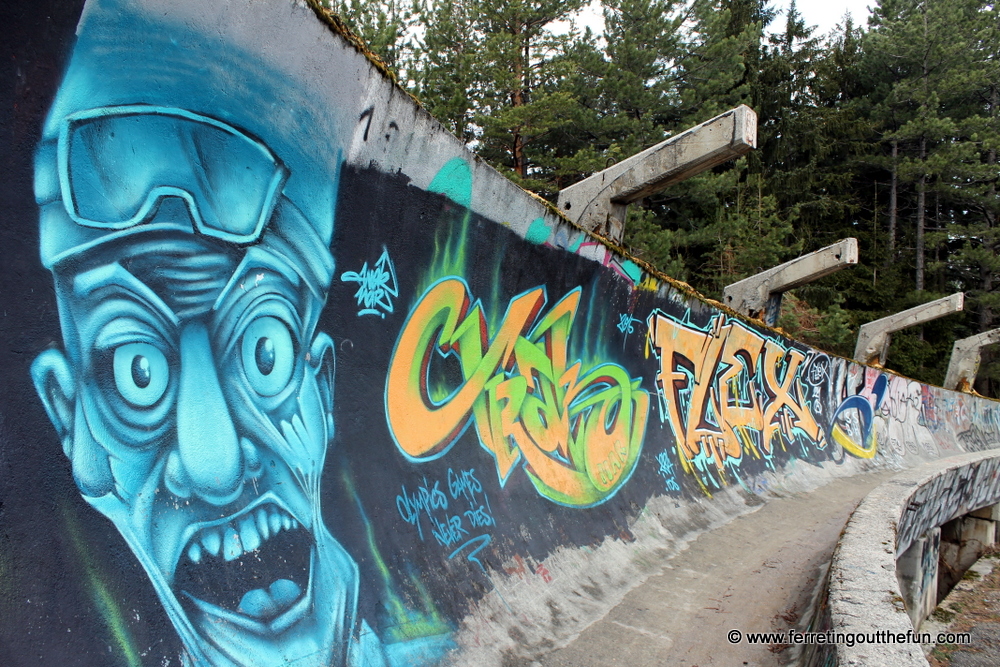

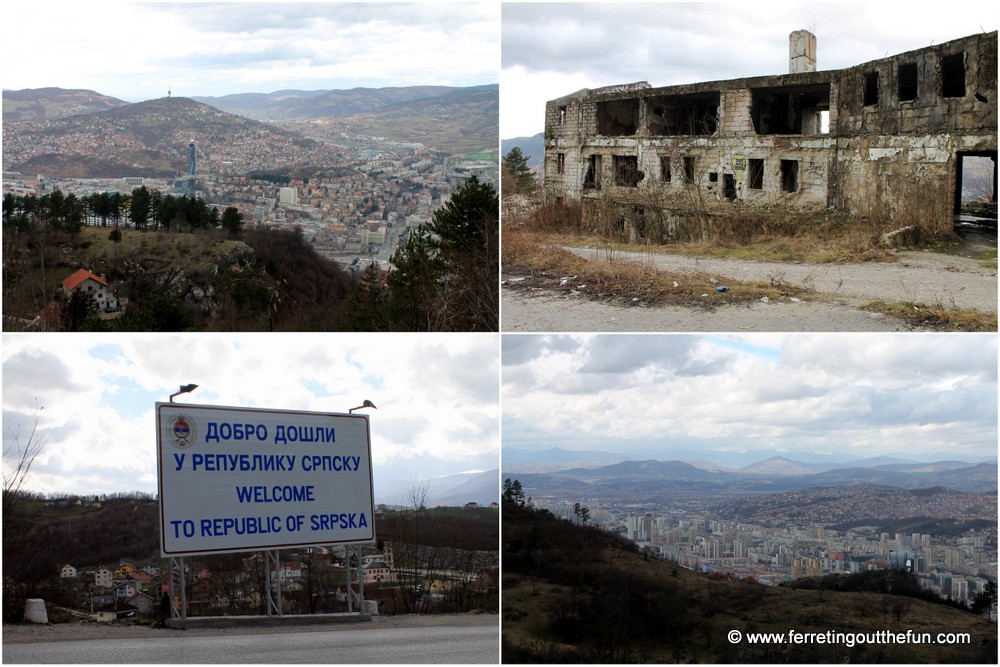
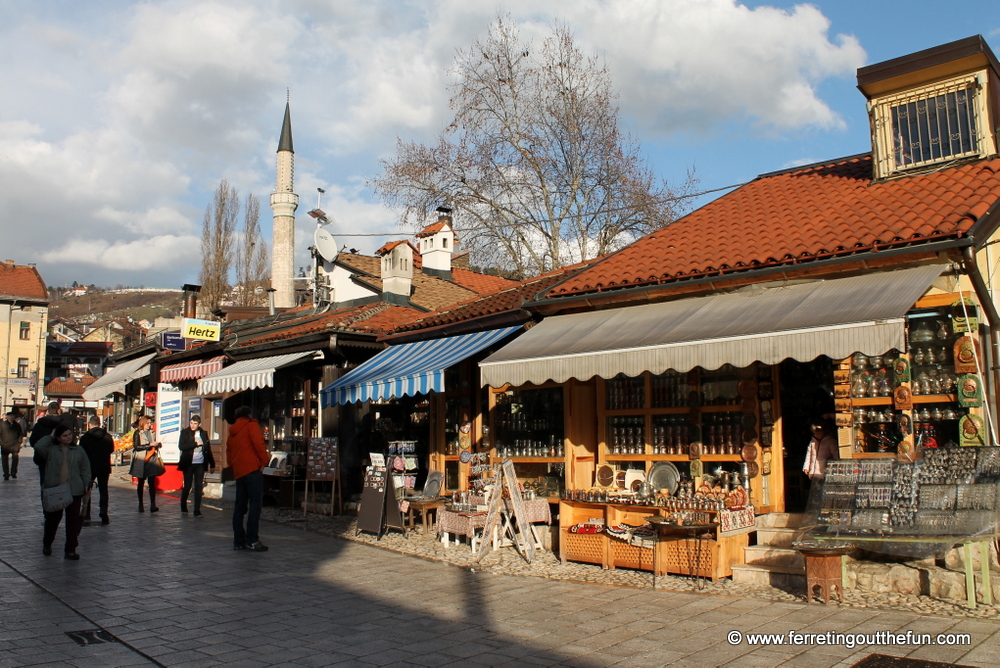
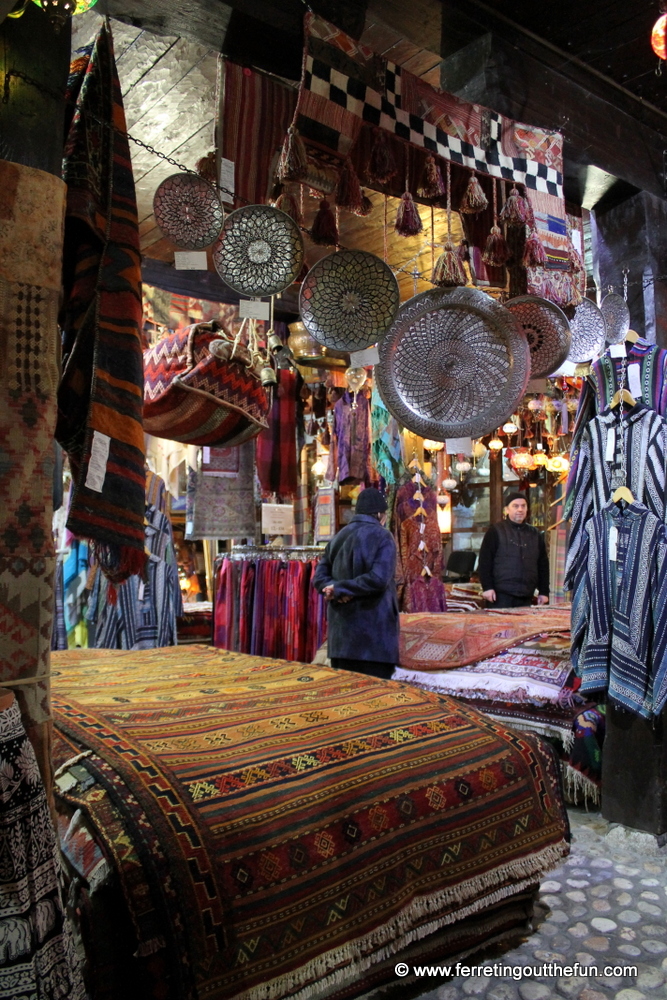


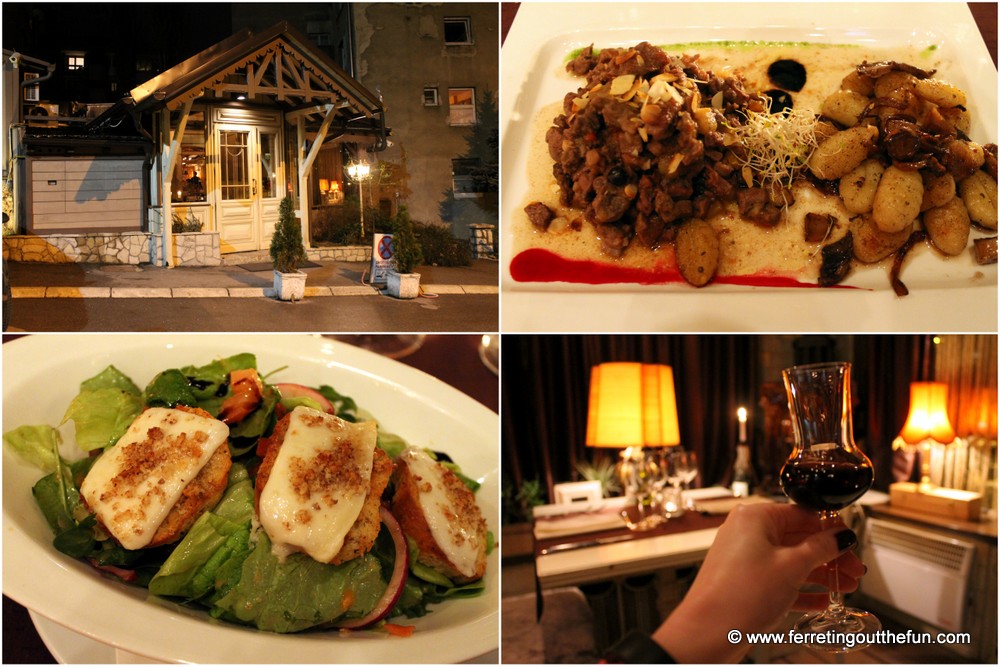
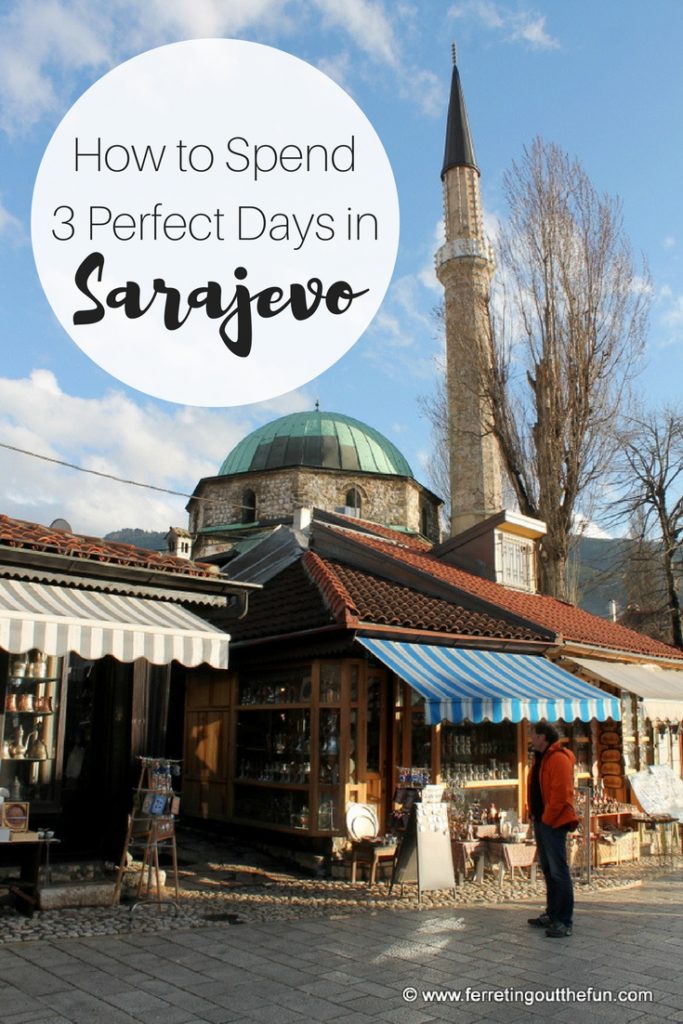
Enjoyed this very much. You make me feel as if I’ve been there with all the great pictures and information on the different places you visited. Great blog post.
Thanks, Mom!
Great post! Hoping to head over next year and I’ll definitely be using this to help plan my trip! From the photos, Sarajevo looks a bit like Baku.
Can you recommend a good area to stay in?
Thanks! I’d probably stay close to Bascarsija because it’s centrally located and relatively flat. I stayed with friends who lived up in the hills. While it was neat to see another part of the city, I was grateful every time they offered to drive 🙂
I haven’t been to Baku but have heard great things. It’s high on my list!
I’ve always wondered what Bosnia would be like to visit! I am the same as you said, thinking it’s a place I’d probably never visit. But I’ve been considering it since moving to Switzerland! That bath house looks amazing!
Sarajevo is incredible – you should definitely go!
Great post! Sarajevo, IMO, is an under rated city. The free (w/tips) walking tour that I took a few years ago was fantastic!
Thanks! If my friends hadn’t moved there, I might not have visited TBH. But I’m so glad I did! You’re right, it is an underrated destination.
Bummer you didn’t make it to the Tunnel Museum, that was one of our faves. I’d echo your idea of going to Baku. We really love the Caucasus. Georgia and Bosnia are similar in many ways.